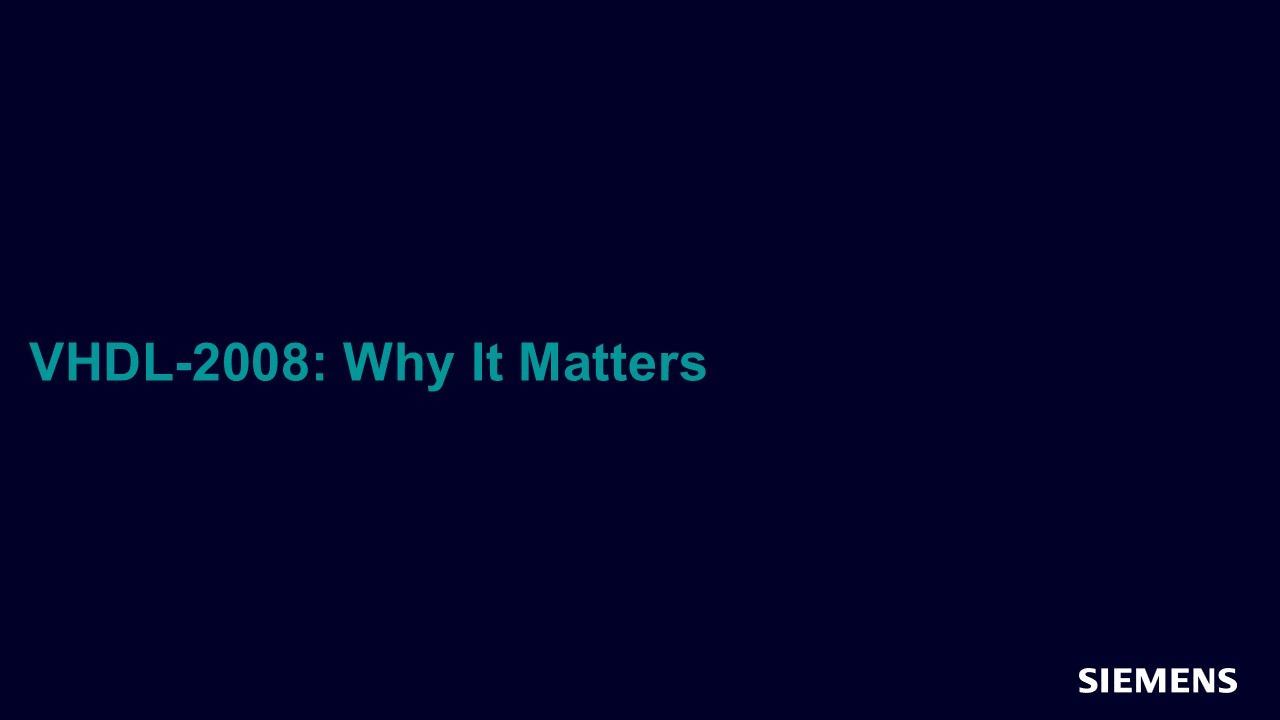VHDL-2008: Why It Matters
This article overviews the changes and the value they bring to your design process. Topics are categorized into three major sections: testbench, RTL, and packages/operators.

Full-access members only
Register your account to view VHDL-2008: Why It Matters
Full-access members gain access to our free tools and training, including our full library of articles, recorded sessions, seminars, papers, learning tracks, in-depth verification cookbooks, and more.